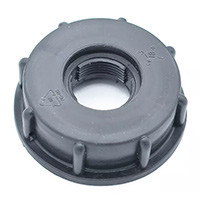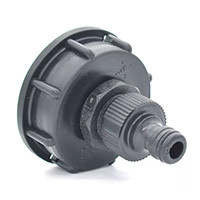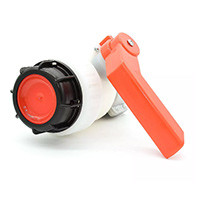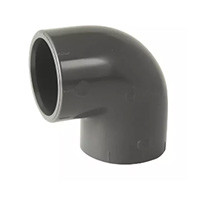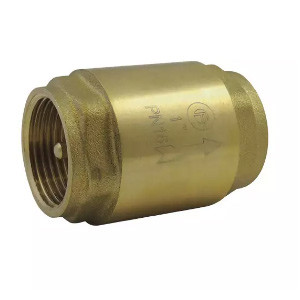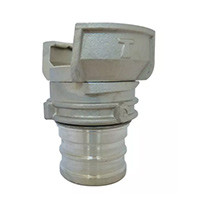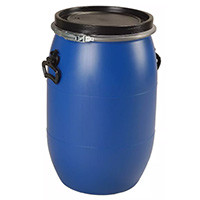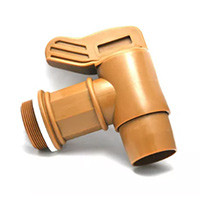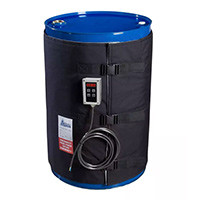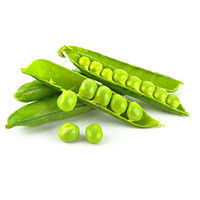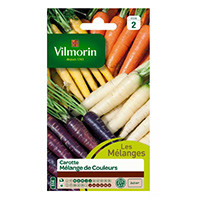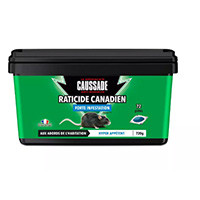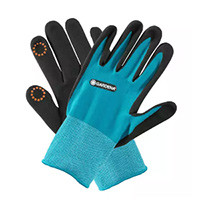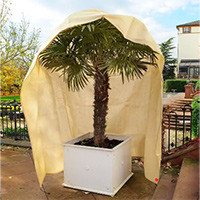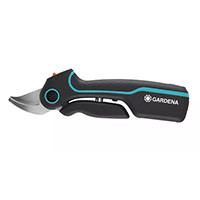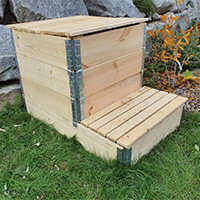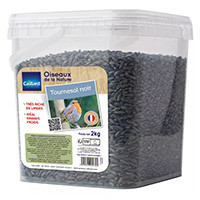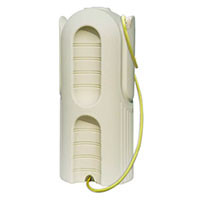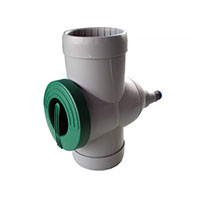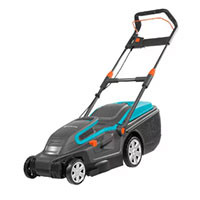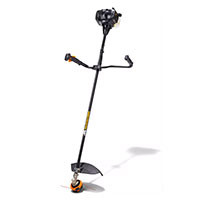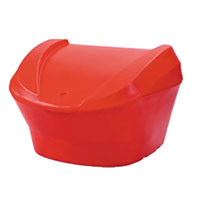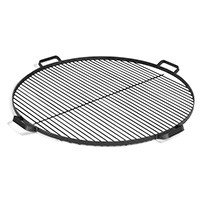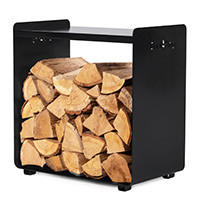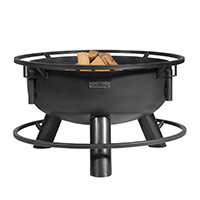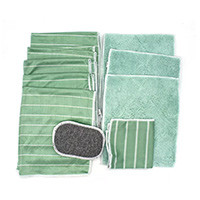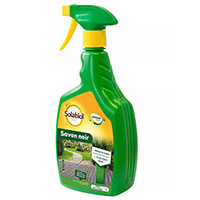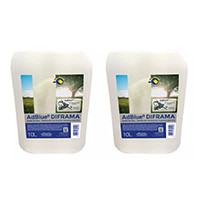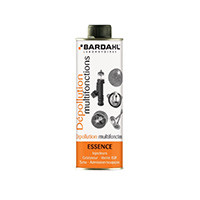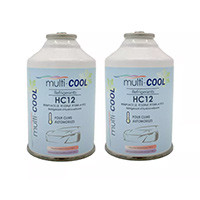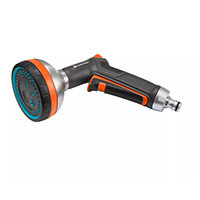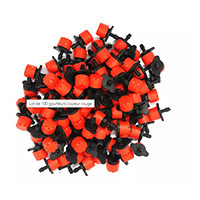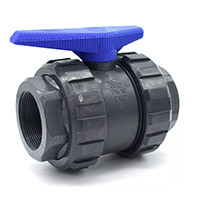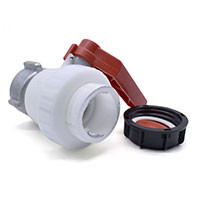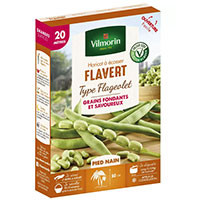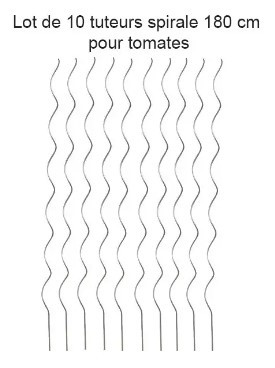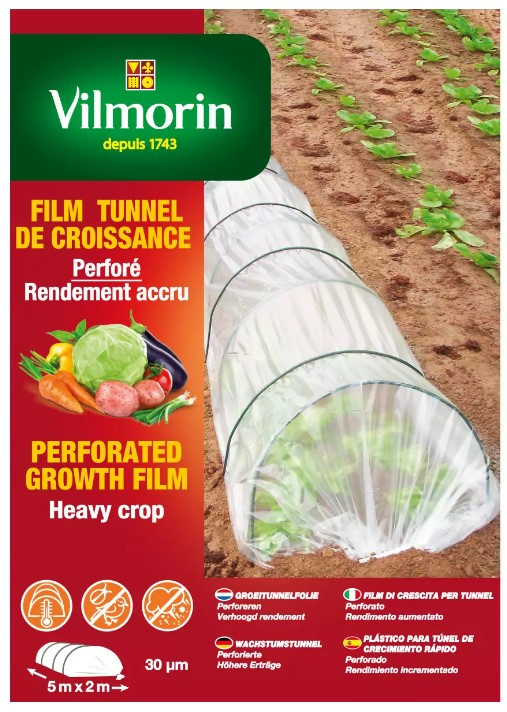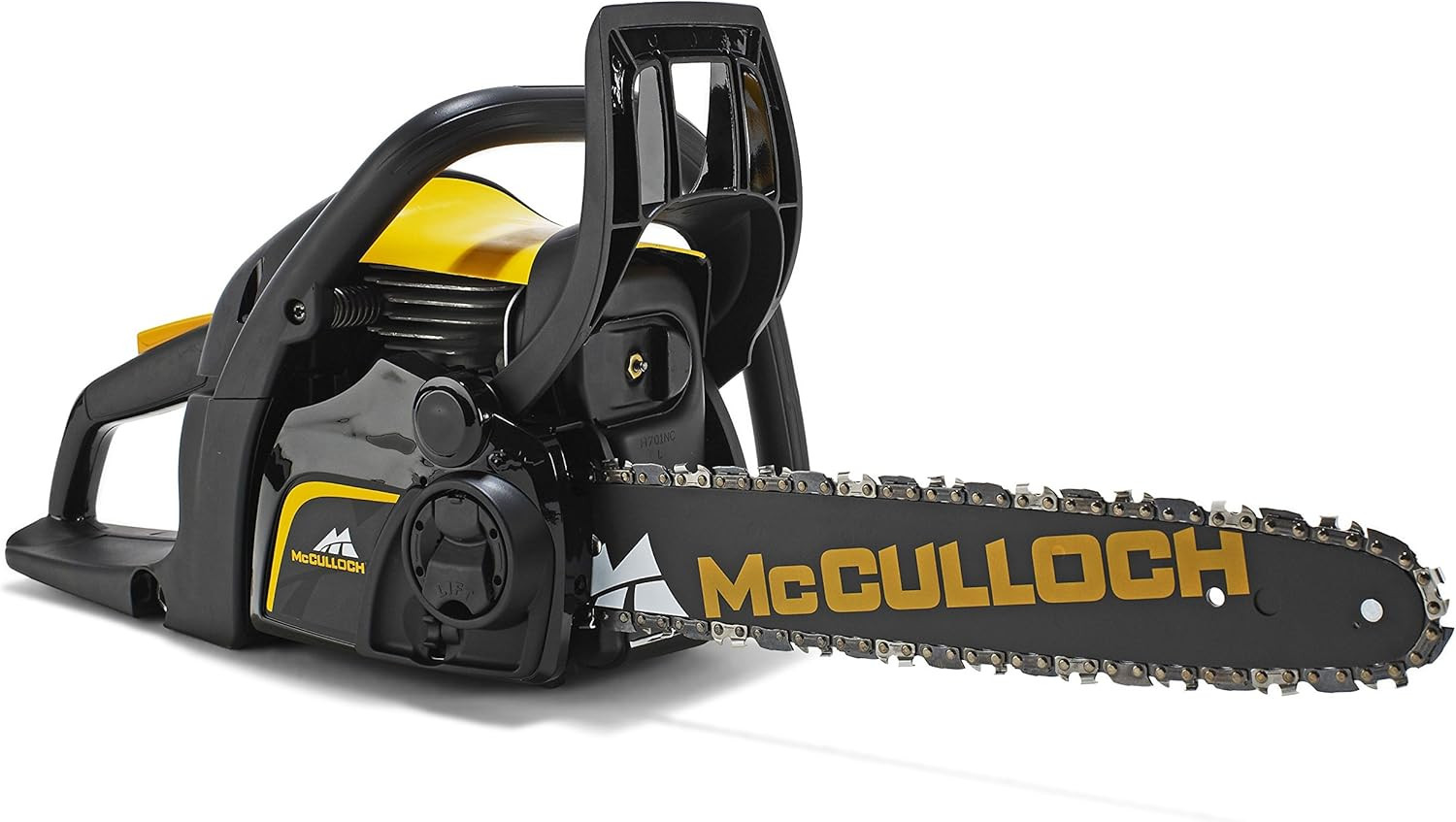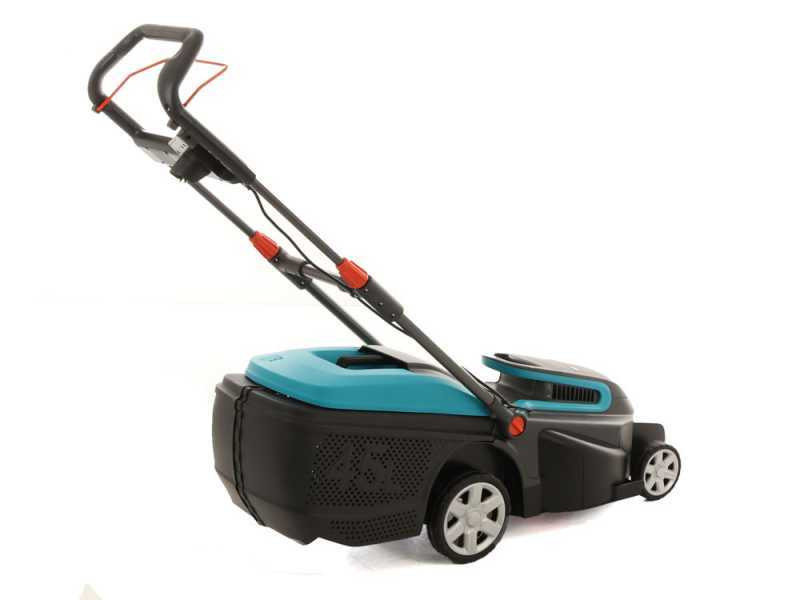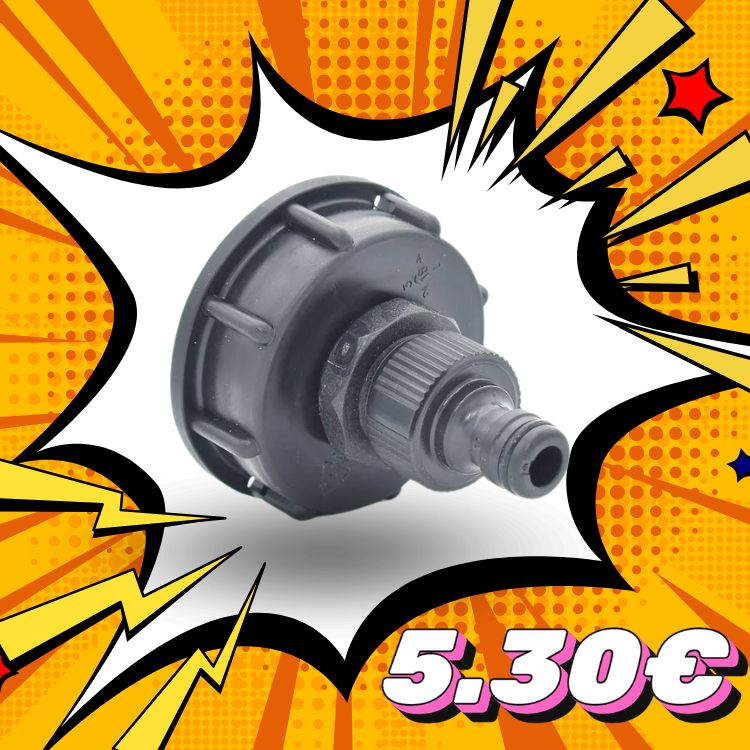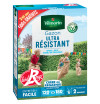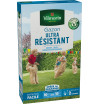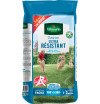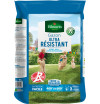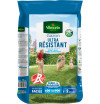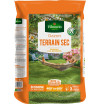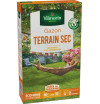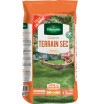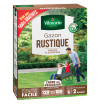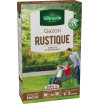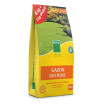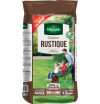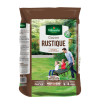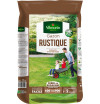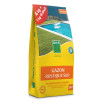
Choose the type of grass according to your needs - article 1/3
Choosing the type of grass is a crucial step in creating or maintaining your garden. Each type of grass has its own characteristics that make it more suitable for certain situations. It is therefore important to understand the different types of grass available on the market in order to choose the one that best suits your needs. In this article, we introduce you to nine different types of lawns with their peculiarities to help you make an informed decision.
Tips for choosing the right type of grass
The choice of the type of grass should be based on several criteria such as the region where you live, the quality of the soil, the use you want to make of it, the frequency of mowing and the maintenance you are willing to perform. To make the best choice, here are some tips to follow:
Study your soil: Some types of grass are better suited to certain types of soils. For example, cynodon grass is perfect for sandy soils, while grass meadow is suitable for heavy, clay soils.
Consider using your garden: If you want to use your garden as a sports field, kikuyu grass or ultra-resistant grass would be good choices. If you want a family garden, rustic grass or self-repair grass may be more suitable.
Consider climate: Different regions have different climates, so it's important to choose a type of grass that adapts to the climatic conditions in your area. For example, dry grass is ideal for hot and dry regions.
Think about the frequency of mowing: If you're not ready to mow your lawn every week, dog grass or dichondra grass could be good choices, as they require little maintenance.
We will introduce you to the characteristics, spread over several blog posts the advantages, disadvantages, dates of sowing of various lawns to plant ( click on the name of the product to go directly to its description:
- Ultra resistant grass
- Rustic grass
- Dry turf
Ultra-resistant grass
Ultra-resistant grass is a variety of grass that is very popular with people who have busy gardens, such as sports fields, playgrounds, public parks, allotments or businesses.
Presentation of ultra-resistant grass
Ultra-resistant grass is a variety of grass that is designed to withstand wear and tear and damage from pedestrian or automobile traffic, sports, games and recreational activities. This turf variety often consists of a mixture of different grasses, including English ryegrass, tall fescue, bluegrass, bluegrass and bromine.
The characteristics of ultra-resistant grass
Ultra-resistant grass has several characteristics that distinguish it from other varieties of grass:
Density: Ultra-resistant grass is very dense, which makes it very resistant to trampling and recreational activities. This also helps limit the appearance of weeds in your garden.
Fast growth: Ultra-resistant grass grows fast, allowing it to quickly recover from damage caused by wear and tear and recreational activities.
Heat tolerance: Ultra-resistant grass is very heat tolerant and can therefore be used in hot and sunny regions.
Disease resistance: Ultra-resistant grass is also resistant to common turf diseases, allowing it to stay healthy and maintain an attractive appearance.
The advantages of ultra-resistant grass
Ultra-tough grass has many benefits for people with busy gardens, including:
Wear resistance: Ultra-resistant grass is able to withstand heavy pedestrian or automobile traffic, sports, games and recreational activities.
Fast recovery: Thanks to its rapid growth, ultra-resistant grass can quickly recover from damage caused by wear and tear and recreational activities.
Easy maintenance: Ultra-resistant grass requires little maintenance, which is ideal for people who do not have much time to devote to their garden.
Attractive appearance: Ultra-resistant grass is dense and green, which gives it an attractive appearance.
The disadvantages of ultra-resistant grass
Ultra-resistant grass also has some drawbacks, including:
Cost: The cost of ultra-resistant grass can be higher than other grass varieties because of its resistant grass composition.
Watering: Ultra-resistant grass requires regular watering to maintain its density and attractive appearance.
Shade sensitivity: Ultrarestant grass is less shade-tolerant than other grass varieties, which can be a problem in shaded areas.
Recommended planting date: The best time to sow ultra-resistant grass is spring or autumn, when temperatures are cooler and humidity is higher.
Tips for planting and caring for ultra-resistant grass
Soil preparation: Before sowing ultra-resistant grass, it is important to prepare the soil by removing stones, roots and debris. It is recommended to aerate the soil with a rake or fork to facilitate seed germination.
Seedlings: Ultra-resistant grass can be sown by hand or with a machine. It is recommended to sow the seeds to a depth of 1-2 cm and use about 30-40 grams of seeds per square meter.
Watering: Ultra-resistant grass requires regular watering to maintain its density and attractive appearance. It is recommended to water the grass once a week during hot and dry periods.
Mowing: Ultra-resistant grass should be mowed regularly to maintain its density and attractive appearance. It is recommended to mow the lawn every two weeks to a height of 5-7 cm.
Fertilizer: It is recommended to apply a special fertilizer for ultra-resistant grass at least once a year to maintain its density and attractive appearance
Conclusion
Ultra-resistant grass is a variety of grass that is perfect for people who have busy gardens. This grass variety is very dense, resistant to wear, heat and common turf diseases. Although the cost of ultra-tough grass can be higher than other grass varieties, it is easy to maintain and offers an attractive appearance throughout the season. With the right care, ultra-resistant grass can last for years and provide a welcoming and functional outdoor space for the whole family. Remember to consider your specific lawn needs and choose the variety that best suits your garden and lifestyle.
Rustic lawn
Choosing the type of grass for your garden is an important decision that can affect the appearance and usefulness of your outdoor space. Among the different varieties of grass available, rustic grass is a popular option for people looking for grass that is easy to maintain and resistant to harsh environmental conditions.
Features of rustic grass
Rustic grass is a variety of grass that is adapted to a wide range of environmental conditions. It is known to be resistant to common turf diseases, heat, drought and wear and tear. This grass variety has a rustic and natural appearance that can add extra charm to your garden. Here are some of the key characteristics of rustic grass:
Mowing height: Rustic grass has a recommended mowing height of 5 to 7 cm.
Sun exposure: Hardy grass can tolerate varying levels of sun exposure, but it is best planted in areas with moderate sun exposure.
Soil type: Hardy grass can grow in different types of soils, but prefers well-drained soils.
Drought resistance: Hardy grass is relatively drought-resistant and can survive for long periods without watering.
Wear resistance: Rustic grass is wear-resistant and therefore ideal for busy gardens.
Advantages of rustic grass
Rustic grass has many advantages, including:
Easy to maintain: Rustic grass requires little maintenance and can be easily maintained with regular mowing and occasional watering.
Turf disease resistance: Hardy grass is resistant to common turf diseases, which can help reduce maintenance costs.
Resistance to harsh environmental conditions: Rustic grass is resistant to heat, drought and wear, making it suitable for a wide range of environmental conditions.
Natural appearance: Rustic grass has a natural, rustic appearance that can add extra charm to your garden.
Disadvantages of rustic grass
While rustic grass has many advantages, there are also a few disadvantages to consider, including:
Shade sensitivity: Hardy grass is sensitive to shade and may not grow properly in shaded areas.
Slow growth: Hardy grass can take longer to grow than other grass varieties, which can delay getting a beautiful garden.
Nitrogen requirements : Hardy grass requires a moderate level of nitrogen to grow, which may require regular fertilization.
Rustic grass care tips
To maintain a beautiful rustic lawn, here are some important maintenance tips:
Regular watering: Hardy grass requires regular watering, especially during periods of drought.
Regular mowing: Mow the lawn regularly to keep a recommended mowing height of 5 to 7 cm.
Regular fertilization: Fertilize grass with nitrogen-rich fertilizer twice a year to promote healthy growth.
Weed removal: Remove weeds from grass regularly to maintain a neat appearance.
Soil aeration: Aerate the soil every two to three years to help the grass absorb nutrients more efficiently.
Recommended sowing date
The best time to sow hardy grass is in autumn, when temperatures are cooler and rainfall is more frequent. This allows the grass to take root solidly before winter and grow vigorously in spring. You can also sow hardy grass in the spring, but this may require more frequent watering due to warmer temperatures.
Conclusion
Rustic grass is a popular option for people looking for grass that is easy to maintain and resistant to harsh environmental conditions. With the right care, rustic grass can provide a welcoming and functional outdoor space for the whole family. Remember to consider your specific lawn needs and choose the variety that best suits your garden and lifestyle.
Dry turf
Dry grass is a popular option for homeowners looking for grass that holds up well to dry and arid conditions. We will introduce you to the characteristics of dry grass, its advantages, disadvantages and tips for maintaining it.
Dry grass: what is it?
Dry grass is a mixture of grasses that are drought-resistant and able to survive in low humidity conditions. It is also called xerophilous turf, which means "loving dry soils".
The characteristics of dry grass
Dry grass is mainly composed of grasses such as red fescue, bluegrass and agglomerated dactyl. These grasses are able to grow in nutrient-poor soils with arid climatic conditions. The roots of dry grass are also deep, allowing the grass to draw water deep into the soil.
Advantages of dry grass
Dry grass offers many advantages. First of all, it is drought resistant, which means it can survive with minimal water. Then it is easy to maintain, requiring little watering, fertilization and mowing. Finally, it is inexpensive to install and maintain.
Disadvantages of dry grass
The main disadvantage of dry grass is that it does not have as dense and green an appearance as other types of grass. It may also be less resistant to trampling and less suitable for outdoor activities.
Dry grass care tips
Here are some tips for maintaining dry grass:
Moderate watering: Dry grass requires moderate watering, about 2 to 3 cm of water per week. It is important not to water too often to avoid making the roots of the grass too superficial.
Regular mowing: Dry grass should be mowed regularly to prevent grasses from becoming too tall and balding.
Light fertilization: Dry grass needs light fertilization, about twice a year.
Weed removal: Remove weeds regularly to prevent them from choking grass grasses.
Soil aeration: Aerate the soil every two to three years to allow the grass roots to breathe and absorb nutrients.
Recommended sowing date
The best time to sow dry grass is in spring or fall, when temperatures are moderate and rainfall is regular. If you sow in autumn, the grass will have enough time to take root before winter.
Conclusion
Dry grass is an interesting option for homeowners looking for grass that is easy to maintain and drought resistant. By choosing the right grass varieties, you can create a grass that will last for years with little maintenance and little water. However, it is important to note that dry grass may not be the best option for all homeowners. If you are looking for a dense and green grass all year round, it may be better to choose another type of grass.
In conclusion, dry grass is an ideal choice for areas with an arid climate or for homeowners looking to save water and money on lawn maintenance. By following the proper care tips, you can create a dry grass that will be durable and beautiful for years to come.
Share this content

